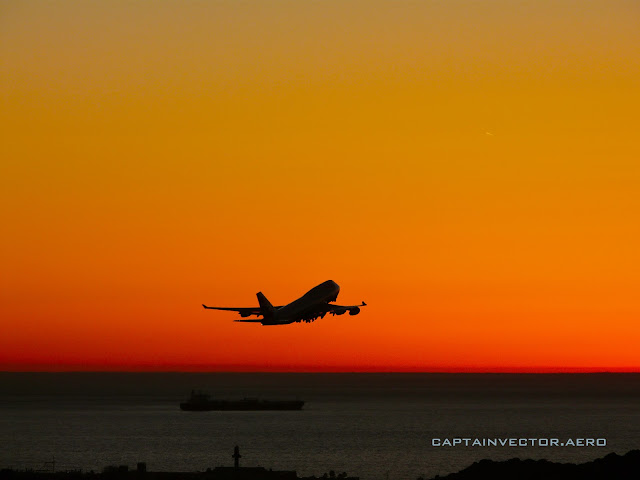Last weekend, I got to do something I haven't gotten to do in years: Work an airplane in the pattern.
Pattern work is a staple of most general aviation airports. It consists of taking off and flying a box pattern around to the other end of the runway and then landing. The landing roll may transition into a takeoff, commonly known in this country as a "touch-and-go". Those of you who speak the Queen's English may recognize "circuits and bumps". Also possible is a "stop and go", wherein the aircraft is brought to a halt on the runway, after which a takeoff is commenced from that position without taxiing back to the end of the runway. Another option is a low approach, in which the pilot overflies the runway without making a landing. Or of course, there's always the full-stop landing, which is what your airliner normally does. Sometimes, the controller will clear the pilot "for the option", which allows the pilot to do any of those things.
"Make left closed traffic, pattern altitude 1,500"
We don't do pattern work at LAX. There isn't the room; we have another airport on either side of us. Santa Monica airport lies about four miles northwest of LAX, while Hawthorne airport is just a couple of miles to the east. Both of those airports have patterns, and on nice weekends they can be full of airplanes going round and round. LAX, on the other hand, doesn't even allow pattern work. Practice approaches are strongly discouraged; any airplane that lands on one of our runways is expected to taxi off and park somewhere. We don't even allow taxi-backs (where an airplane lands, exits the runway, and taxis right back to the end for takeoff).
"Report turning Base"
It's not hard to understand why: Little airplanes don't mix well with heavy jets. A B737 captain recently told me that his minimum approach speed was around 150 mph. That's as slow as his airplane can safely fly. Meanwhile, many small aircraft can't go that fast; on final approach they may slow down to half of the B737's speed.
"Runway 2 5 Left, Cleared for the Option"
So it was something special to get to work an aircraft in the pattern, something I did a lot at my first facility in Monroe, Louisiana - and hardly ever since. This special event was occasioned by the installation of a new PAPI (Precision Approach Path Indicator) on runway 25 Left. Before a new navigational aid can be put into service, it first has to be checked to ensure that it's accurate. The FAA has a fleet of aircraft that do just that: They fly around the country checking radio navaids and lighting systems to make sure that they're safe to fly. Each instrument approach procedure is test-flown before certification, and then periodically reflown. All routes are checked for obstacle clearance. The radio callsign for the aircraft performing these missions is Flight Check.
The Flight Check aircraft that visited LAX recently is a Beechcraft King Air. It flew several times around the pattern for runway 25 Left, making a low approach each time. We accommodated this operation on a Saturday afternoon, which is generally the slowest time of the week at LAX, as it is at most air carrier airports. The opening shot (above) shows the aircraft on downwind, south of the airport at about 1,000 feet after its first low approach. The others all show it as it passed down the runway.






















